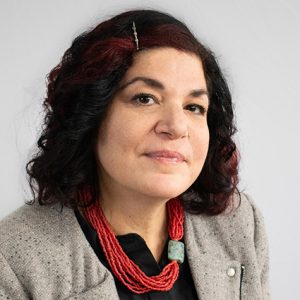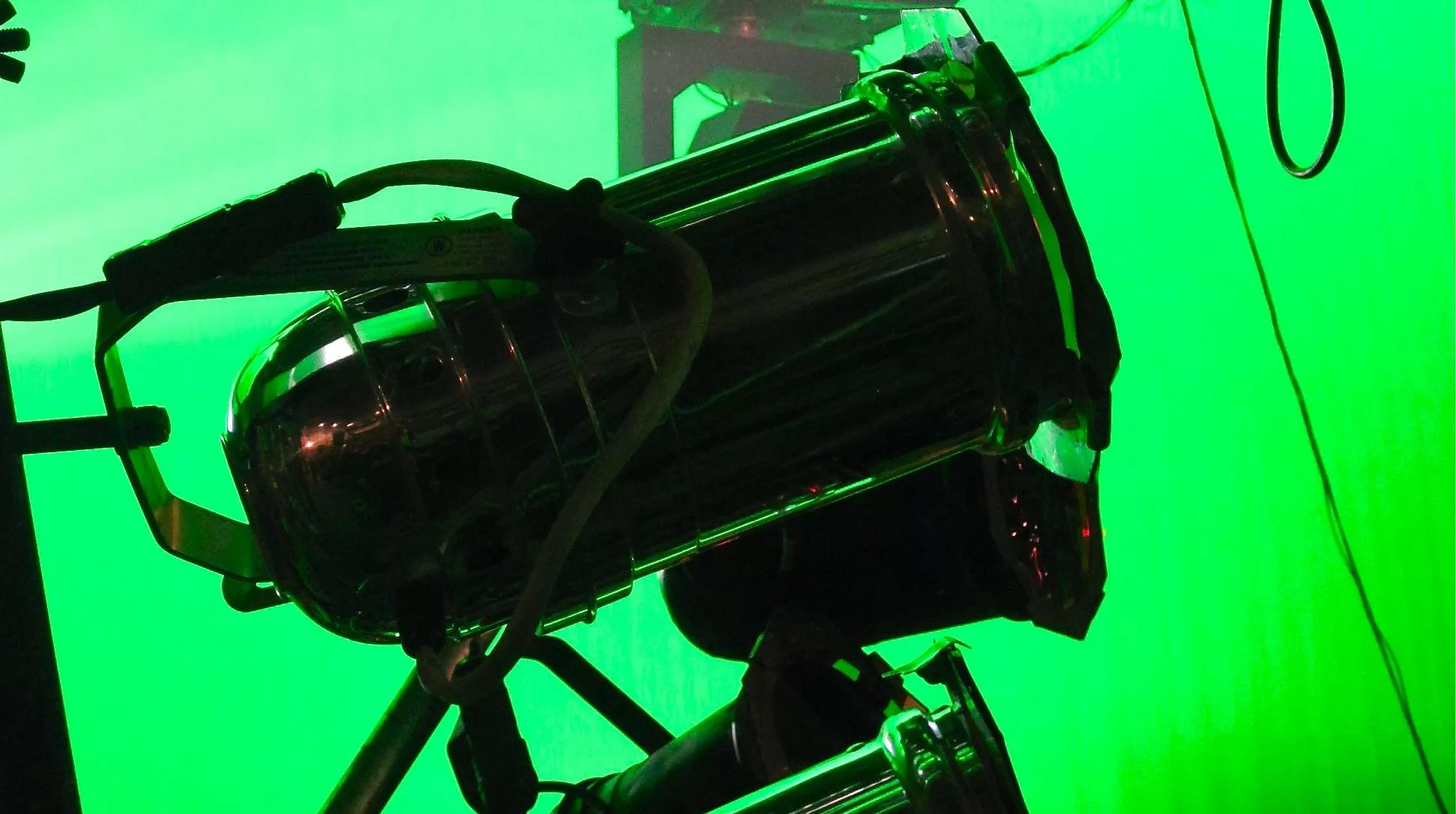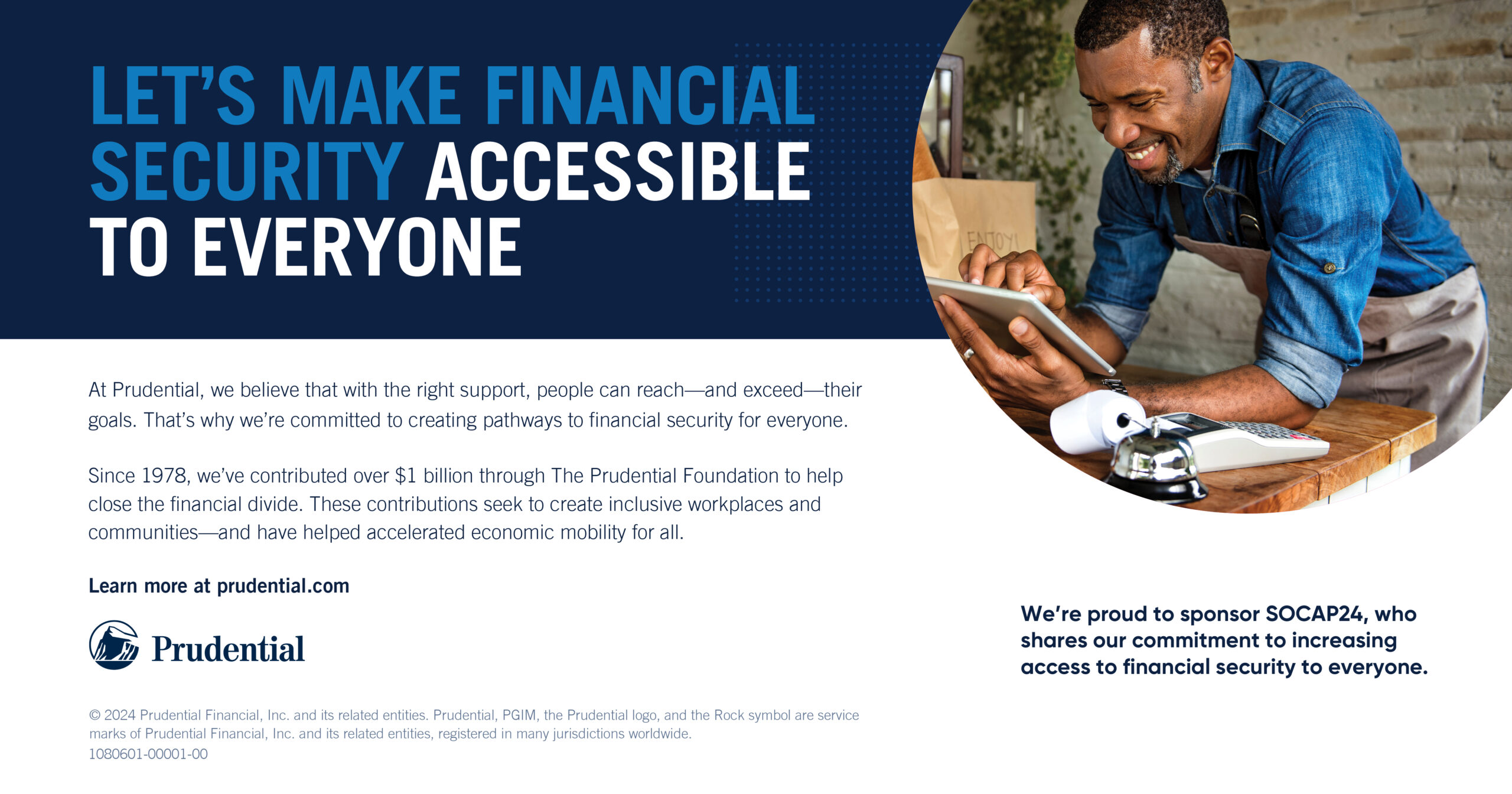This article is part of a series, The Wisdom of Women: Bold Insights From World Change.
“I alone cannot change the world, but I can cast a stone across the waters to create many ripples.”
— Mother Teresa
My entry into the world of sustainability came through the natural-beauty-products door. A few years ago, I had a friend who made herbal skincare and lotions. She made a toner that was more refreshing than anything I had ever used, and probably more affordable. One day she explained to me that she could easily show me how to make my own toner because it was super simple. I replied that I had no desire to make my own products — in any form — and that I really wanted to just go into a store and buy beautiful skincare and makeup that had gorgeous branding but also happened to be natural and good for the earth. For many years I struggled with this dichotomy — of wanting to use more sustainable products but being slightly addicted to high-end and beautifully branded packaging.
In 2017, I walked into a store in New York City that was selling essentially the same things my friend did. They had herbal tinctures for any number of ailments, skincare that was plant-based, and yes, even a toner that felt and smelled amazing. They were charging four times what my friend was, and their packaging was stunning. I was hooked! I’ve thought many times about what it is in my unconscious that is so drawn to a certain aesthetic and why I care if that aesthetic is clear in my laundry detergent. After a conversation with Beth Bell, I finally found some enlightenment.
Bell is the founder of Green Product Placement. They are a product placement company dedicated to getting small-batch, sustainable, and natural products into the background of TV shows and movies. Before we dove into the heart of Green Product Placement, Bell gave me a Product Placement 101:

Beth Bell, Founder & President of Green Product Placement
All of the products our favorite characters use were placed there by someone. If they buy a drink from a vending machine, someone chose what drinks would be in the vending machine and which one they would choose. If they are in a corner store, someone filled those shelves with products, and they did it strategically, with certain products more likely to be seen by the camera (a.k.a. viewer) and some less likely. If they walk through a room and a bottle of wine is on the table and you can clearly see the label, someone did that on purpose. It’s all incredibly intentional, which is a bit of a fun dichotomy in itself because the whole point is so that we (the viewers) will unintentionally want to buy that product the next time we see it!
My “aha moment” was realizing that I am addicted to beautiful packaging (at least partially) because my favorite TV stars are constantly surrounded by beautiful packages. And while yes, everyone knows what finding a blue box with a white ribbon means, this type of recognition is way more subtle, which is why we should all be celebrating the fact that Bell is doing everything she can to make sure that every time there’s a product in the background of a TV show or movie, it’s one that is sustainable, small-batch, locally made, organic, or natural. In the past seven years, they have placed these brands in more than 400 productions including Big Little Lies, Veep, Grace and Frankie, Divorce, and Orange is the New Black. These all happen to be shows I watch, so I’m comfortable crediting Bell with my current level of brand loyalty to a number of products!
Bell’s “aha moment” was during a conversation with Morgan Spurlock, who had just released the documentary film “POM Wonderful Presents: The Greatest Movie Ever Sold” and was having a conversation about it on Ted.com. She asked him if there was a product placement agency that was repping only natural brands. He responded, “I think you’ve found your next career.” And indeed she did. Bell describes the moment as a “lightbulb, skies-parting, angels-singing kind of moment.” She had worked in set decoration, set dressing, and props, and she knew how the market worked. In 2012 when she launched, although most major product placement agencies had one or two sustainable or natural brands, it was inconceivable to be able to go to one agency and get access to a whole bunch of them.
Anyone who follows me knows that I have a soft spot in my heart for startups and disruptive companies. One of the great things about the product placement model is that it is considerably more affordable than direct advertising, which costs between $1,633 and $3,333 per second during primetime. A smaller brand can get their product into the background of shows for a fraction of that. For those brands that are already utilizing social media advertising, adding product placement can be a no-brainer. In fact, the two are not completely dissimilar. Think of the social media ads you see that are mostly lifestyle. You see a photo of a person running through a park, surrounded by happy people and sunshine. You are easily able to see their running clothes, shoes, headphones, and the water bottle they carry. Oh, and they are wearing sunglasses. This could be an ad for any one of those products, and it is likely the copy or some clear logo that will tell you which one it is.
Brands sell products by showing you the lifestyle that the people who use their products enjoy. To me, that’s a lot like how product placement works — just in a slightly less obvious way.
And in some ways, it’s a lot like how world change works. If consumers start naturally grabbing more sustainable, more natural, more small-batch products, then stores will start stocking more of them. If stores start stocking more of them, they will have to stock less of the chemical-laden big company products. When people come into these stores to shop, they will see mostly products that are better for them and better for the world, so they will naturally choose to purchase those products. And so the cycle continues. We’ve also seen in recent years how trends just like this are causing some of those big companies to research and explore more natural and sustainable options. This is a great example of the bottom-up theory of change.
I asked Bell what she hopes her legacy with Green Product Placement is, and it turns out, it’s just what I described:
“When the day comes that all retail is better retail, and all product placement is better product placement, I’d like someone to look back and say, ‘There was this woman, and she had this idea, back in the teens…'”
(Don’t worry, Beth, I got your back on this one. When that day comes, I’ll take on that role! In the meantime, the next time Bonnie pulls out a reusable water bottle on Big Little Lies or Grace puts on her nightly face cream from Derma E on Grace & Frankie, I’m gonna send you a wink and a thank you.)
Are you a small batch, local, or natural maker? Connect with Bell to learn more about getting your products into TV shows and movies.
See the rest of this series at The Wisdom of Women: Bold Insights From World Change.







